#{Title}
#{Copy}
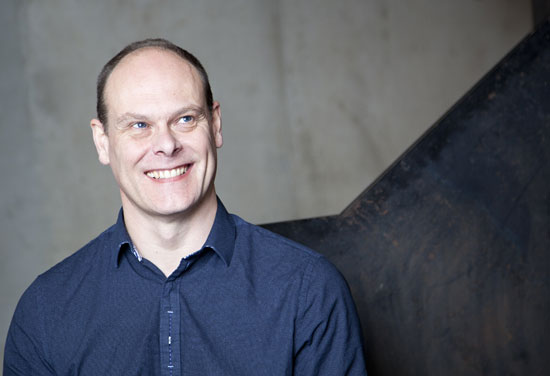 With years of experience in theatre and architecture and recently named Lighting Designer of the Year, Mark leads our lighting profession and is a leading force in international lighting design.
With years of experience in theatre and architecture and recently named Lighting Designer of the Year, Mark leads our lighting profession and is a leading force in international lighting design.
Architecture is the learned game, correct and magnificent, of forms assembled in the light.
Le Corbusier Vers une Architecture [Towards an Architecture] (1923)
When our eyes are open, our vision accounts for two-thirds of the electrical activity of the brain and, overwhelmingly, it is the most important sense in understanding our surrounding environment. All vision is dependent upon light emitted from a source, reflected from a surface and received by our eye. It sounds obvious but it means that without light all architecture is robbed of form and materiality – it is literally rendered invisible. Light is therefore the invisible bond between the human being and its surrounding. But this is not only a physical bond but an emotional and spiritual one too. Thinking about some of the words that have been used for millennia to describe light: warm, cold, dramatic, stark, soft – they are all metaphors for emotional response.
This is why aesthetics are so important in lighting design because it is the subjective that evokes that emotional response. There is no prescriptive method of coming to a design, and there are as many ways of lighting space as there are clients and architects.
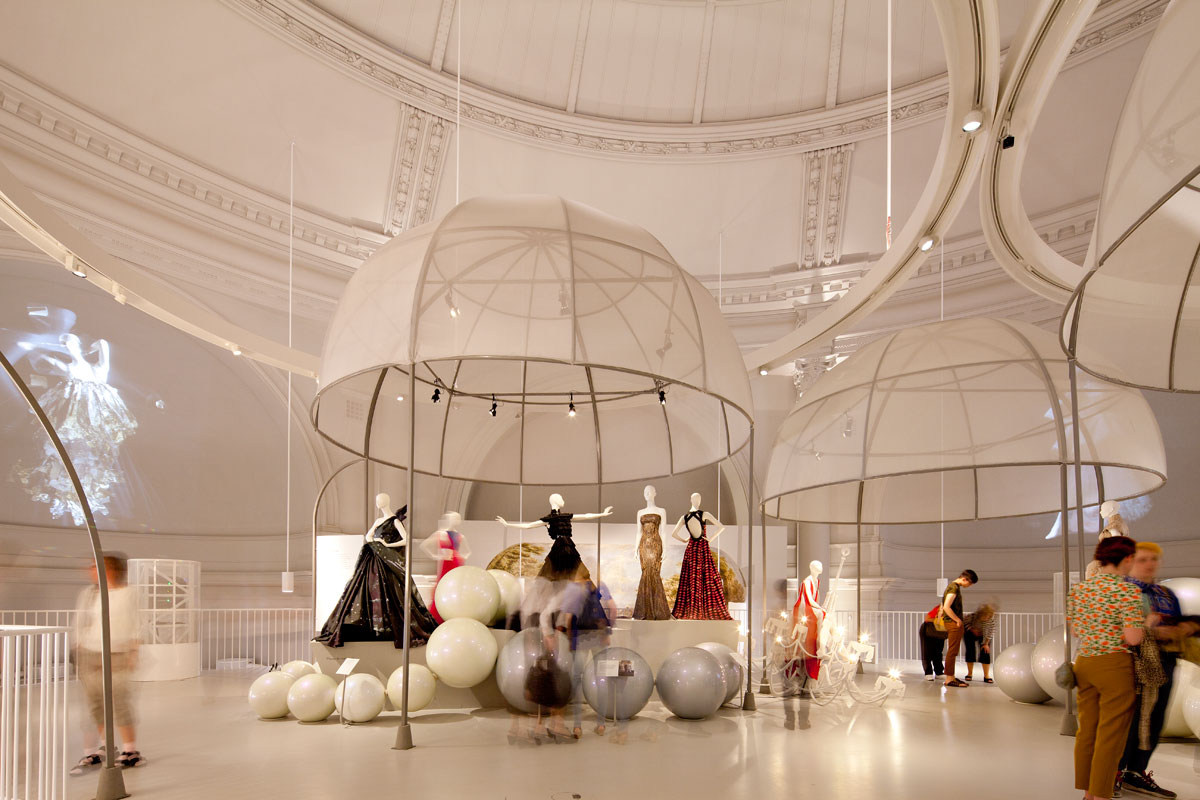
Here are some of the rules of the game:
Work with natural light be it sun, an overcast sky, fire or the moon. Daylight should always be the primary source of illumination but even when it is not available and we come to rely on artificial light, it is how the building works in natural light that gives the clues to how it can work at night. When possible we work with architects to help them craft the building to maximise the benefits of daylight.
Hide the source. We always strive to collaborate with our partners in design to discover how to integrate and secrete; how to bounce light off and celebrate material. If the luminaires have to be in view then their appearance should enhance the space or work within the harmony of the architecture or interior decor.
Decide what not to light. Only through the manipulation of light and shade can form be modelled and atmosphere created. Light is an invisible volume that facilitates activity and communication. At the heart of our work should be a profound understanding and concern for those that will eventually use, inhabit and encounter our designs. It is by serving these people, our ultimate clients, that our concepts become justified and defendable.
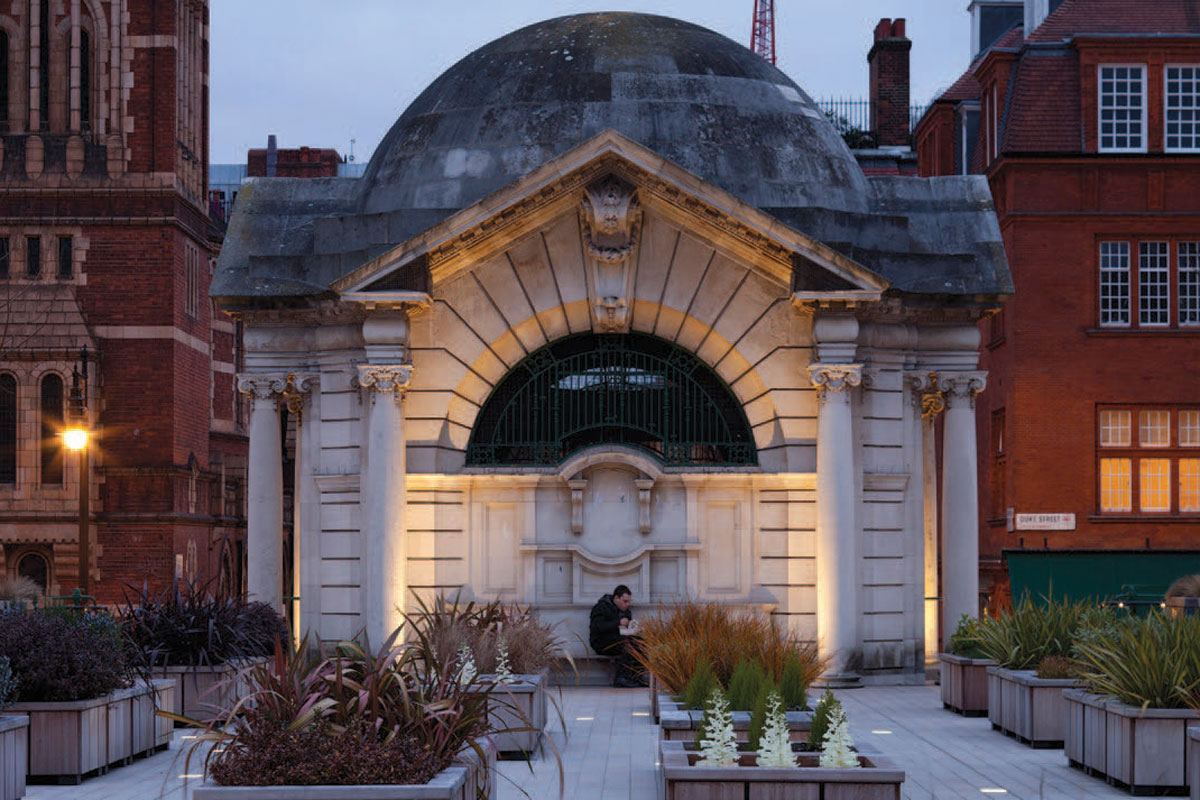
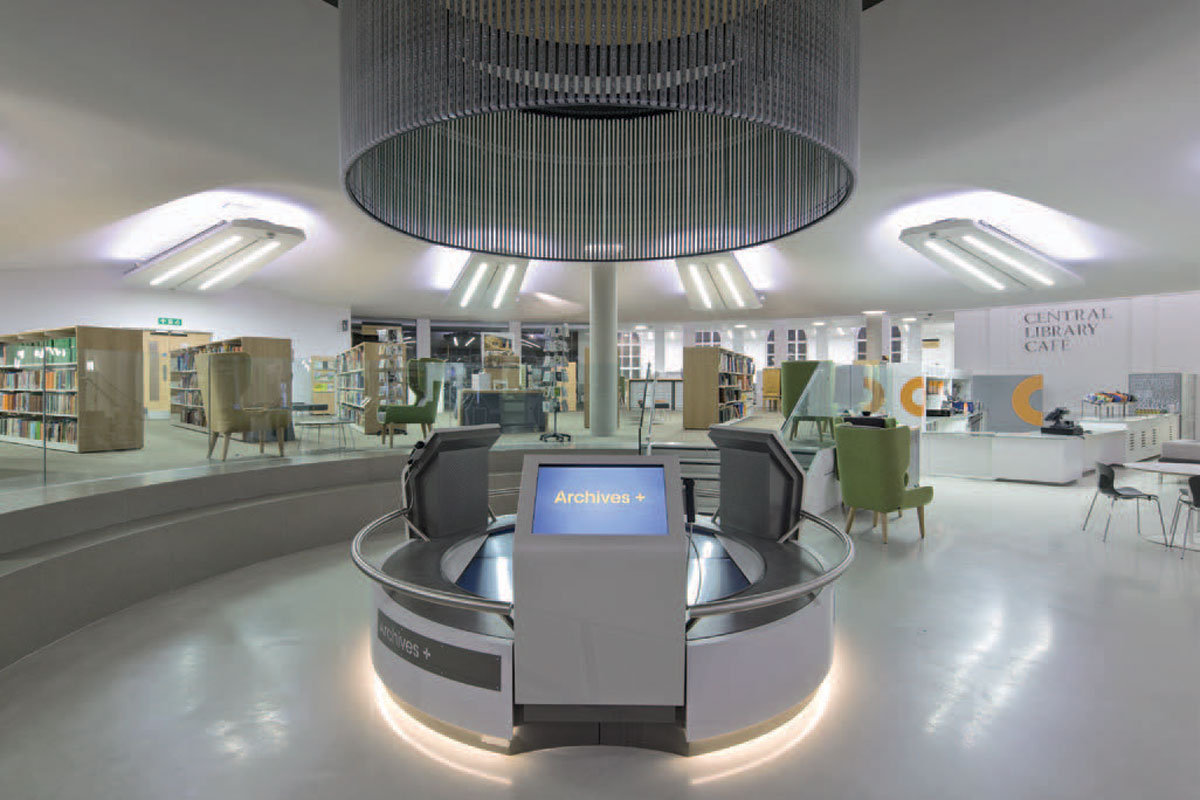
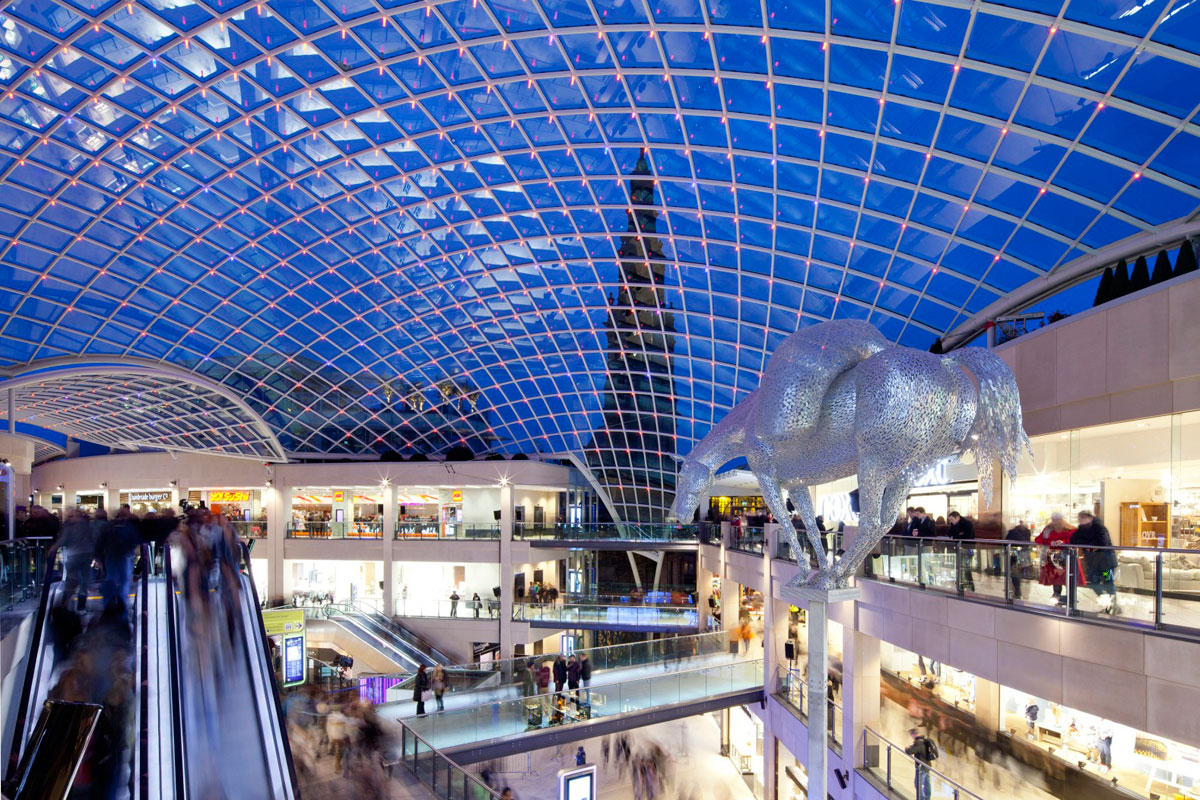
We design in four dimensions. The nature of space changes from the heat of midday to the golden lowlight of dusk. So too does the use and function. Artificial light needs to follow and support this, respectful of the natural rhythms of the day and seasons.
It should be sensitive to context be it political, social, environmental, historic or cultural – whether we aim to harmonise or counterpoint.
Lighting is an art but also a science. Technology is developing exponentially and creating surprising opportunities. Creativity can be found in exploring new ways of deploying light and creating new products to solve problems found in application. But we should remember novelty is no substitute for quality in the service of our ultimate aims.
I SEE MY WORK AS A DESIGNER IS HAVING THE OPPORTUNITY TO BLEND AND BALANCE THESE INSPIRATIONS, TO LISTEN TO OUR CLIENTS, COLLABORATE WITH OUR DESIGN PARTNERS AND ANTICIPATE THE NEEDS OF THOSE PEOPLE THAT INHABIT OUR WORK. IT IS AN HONOUR AND A DELIGHT.